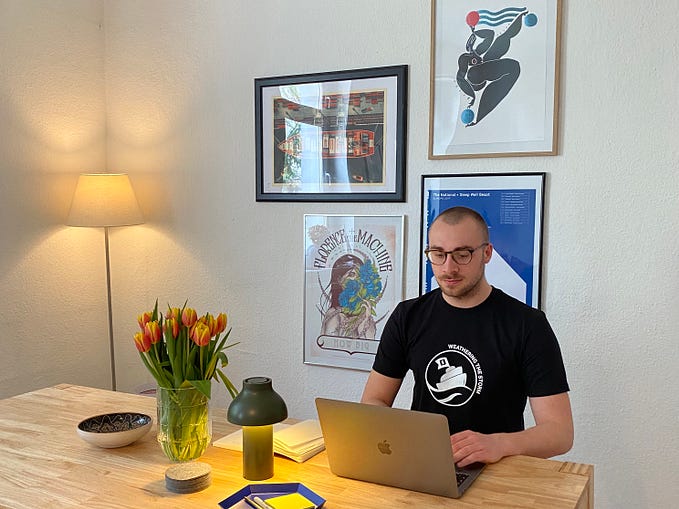Member-only story
Virtual environments for absolute beginners — what is it and how to create one (+ examples)
A deep dive into Python virtual environments, pip and avoiding entangled dependencies
If you work on a lot of different projects then you’ll recognize the dependency-hell of multiple projects requiring multiple versions, of multiple packages. You can’t just install all packages globally, how do you keep track? Also what happens when projectA needs PackageX_version1 and ProjectB needs PackageX_version2? How do you stay sane when everything is one big jumbled spaghetti-like mess of interdependency?
In this article I’ll try to convince that using a venv (virtual environment) is the way to keep dependencies separate from other projects. We’ll start with defining what a venv is, what it does and why you need it. Then we’ll create one and see all of its benefits. At the end we’ll have some basic rules to keep dependencies in our projects as clean as possible.
1. What is a venv and why would I need one?
What happens when one of your projects need a package with a different version than an other project? What happens when you update a package for one project: will it ruin your code in another project that depends on that package? How do you share your code with others?
To get an idea of what a venv is we’re going to cut it up into two parts: virtual and environment.
Environment
An environment you’re already familiar with. When you install Python3.10 for example then you don’t just install the Python engine, also pip gets installed. When you use pip to install a package it ends up in the Scripts folder in the directory where you installed Python. This is your environment: Python 3.10 with all of the installed…








